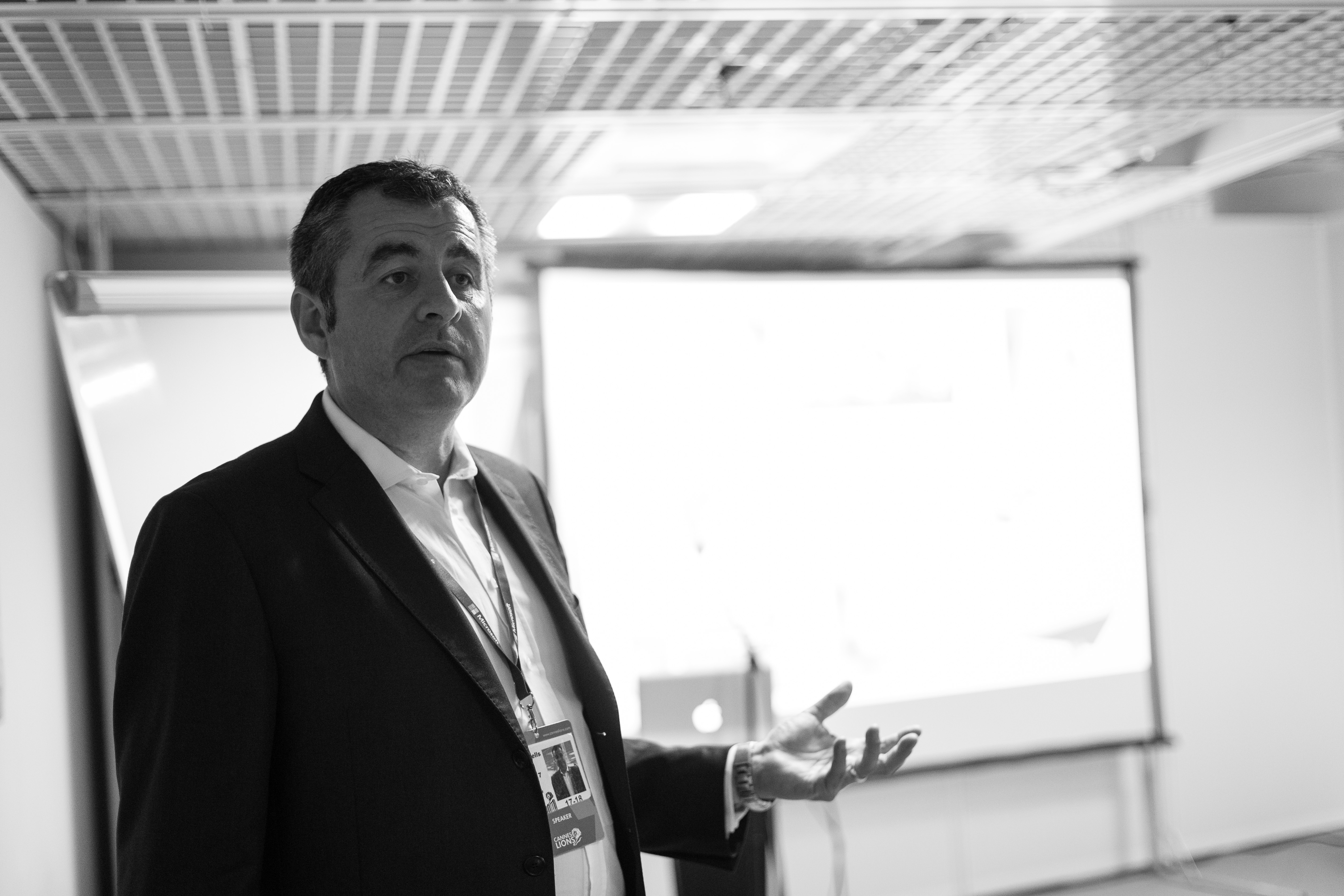Ellen Giebels – Paul Taylor
(From the paper)- To unpack the tactics presented in the image, it is useful to distinguish
between tactics that are primarily connected with the sender and his or her relationship with
the other party (relational tactics), and tactics that are primarily connected with the content of
the message and the information conveyed to the other party (content tactics).
Importantly,
this distinction brings to light a fundamental tension that exists in crisis negotiations.
On the
one hand, police negotiators must work hard to reduce the emotionality of the crisis, which
they achieve through empathic, uncritical messages that are supportive of the perpetrator’s
concerns about issues such as personal safety and self worth.
On the other hand, however, there is a need for police negotiators to acknowledge the inappropriate actions of the
perpetrator and work towards a realistic, substantive resolution. This side of negotiation is
inherently less empathic and more focused on content, with negotiators often unable to
conciliate to the perpetrator’s demands and compelled to disagree over the form of a
resolution. As Taylor and Donohue (2006) note, police negotiators are required to handle the
complexity of expanding the “emotional pie” as well as expanding the traditional
“substantive pie.” The tactics outlined in Table 1 help negotiators achieve both of these
objectives.
The Table of Ten has reportedly helped police negotiators in their efforts to diversify their use of influence tactics, and facilitated their efforts to switch between different tactics to suit the goal and conditions at hand. This may be especially true during periods of interaction when negotiators are seeking to make sense of the situation and break through undesirable interaction patterns
The Table of Ten provides a way of monitoring negotiators use of the available repertoire of influence tactics.
If they have inadvertently focused their messages around content-focused persuasion, then this becomes clear in the monitoring process and the negotiators can consider whether or not it is worth switching to some of the relational focus influence tactics, such as Being equal and Being kind. Moreover, by keeping a log of a perpetrator’s responses to different influence tactics (either mentally or physically using a chart), negotiators are able to develop a useful portrait of the perpetrator’s responses to different attempts at influence.
...By associating research findings with different tactics in the framework, police negotiators are able to bring to their strategies a clear understanding of the complex cue-response relationships that have been identified in the influence literature.
For example, one important message from our research is that use of Rational persuasion and Intimidation is likely to be more effective in negotiations with perpetrators from low-context, rather than high-context, cultures.
Thus, when negotiating with a perpetrator from a high-context culture, police negotiators might consider making less use of rational persuasion and more use of affective influence tactics, such as Emotional appeals. Our research to date suggests that this approach is likely to receive a more positive response from the high-context perpetrator.
Read the full paper [HERE].









